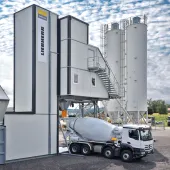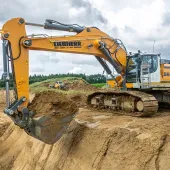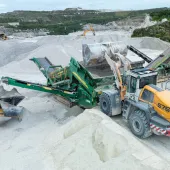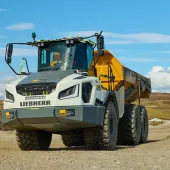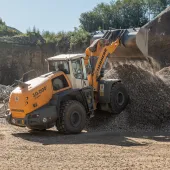Liebherr celebrate 50 years of truckmixer production
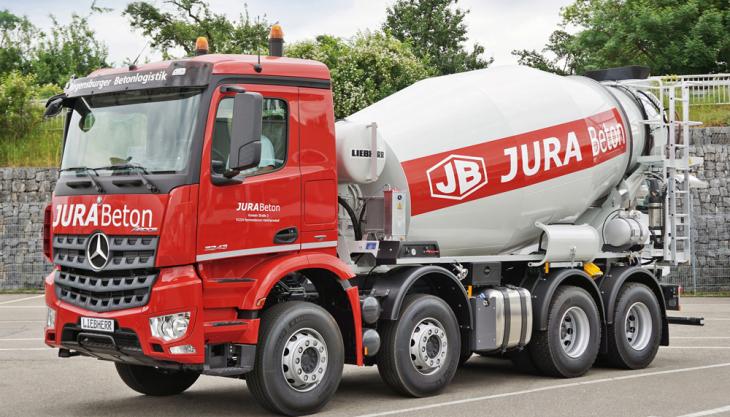
German manufacturer marks major milestone and announces fifth-generation model now in production
LIEBHERR are celebrating 50 years of concrete truckmixer production, during which time some 92,000 units have been manufactured and delivered worldwide. The company says a fifth-generation truckmixer model is now in production, having undergone continuous development and improvements to provide further customer benefits.
The first-ever Liebherr truck mixer, the HTM 601 (fitted on a Henschel HS22 chassis), was delivered in 1967. Since the launch of their first vehicle, Liebherr have carried out an ongoing process of development on the vehicle with customer needs consistently incorporated into its design.
This has led to an increase in drum volume, which meant that the truck chassis had to be stronger. In addition to the development of a two- and three-axle chassis, the company introduced a semi-trailer. In the 1990s Liebherr added a four-axle, nine cubic metre capacity truckmixer to their range, which subsequently became the company’s most popular model.
Just in time for their 50th anniversary, Liebherr were able to buy back a 40-year old truckmixer on a Magirus chassis and fully restore it. And at the same time the company has brought the fifth-generation of truckmixers to the market.
The key features of the new truckmixer series are a higher payload through weight reduction, better quality steel and smoother surfaces for easy cleaning. An innovative platform concept has also been introduced to allow the flexible mounting of options and accessories in a range of positions.
Liebherr currently manufacture truckmixers for Europe at their Bad Schussenried factory, in Germany, and have production sites in China, Thailand, Brazil and Saudi Arabia for other markets.



